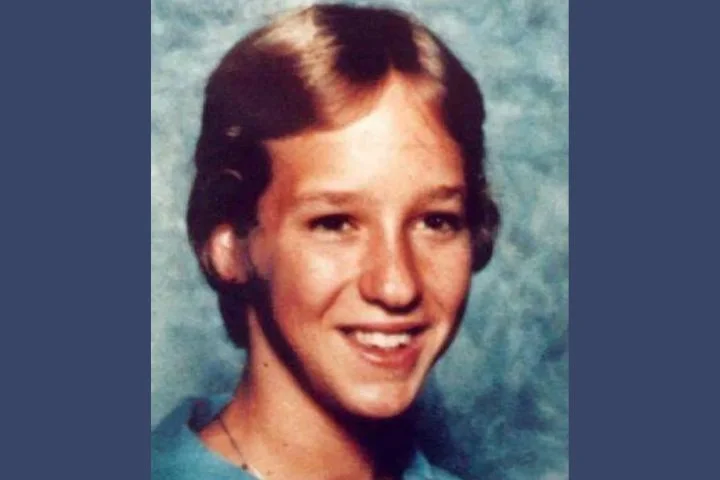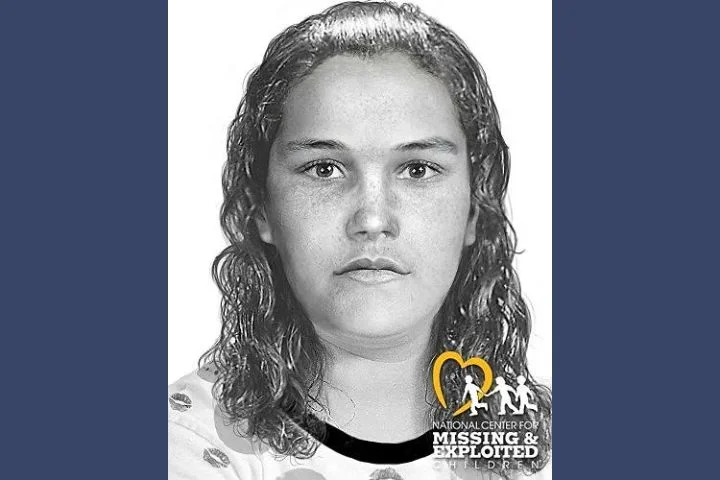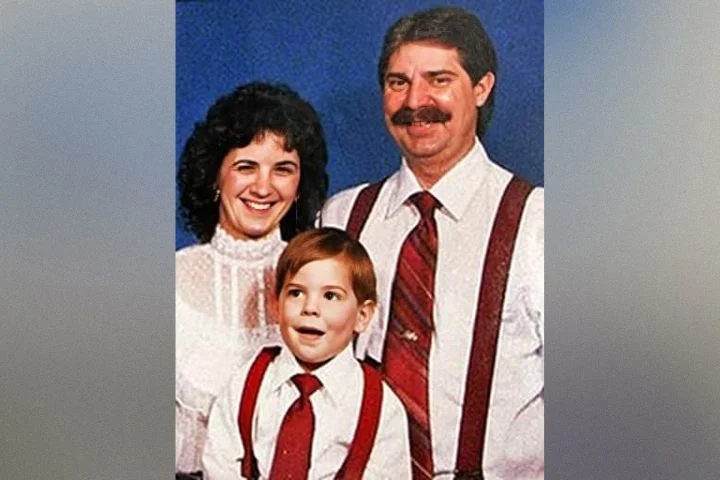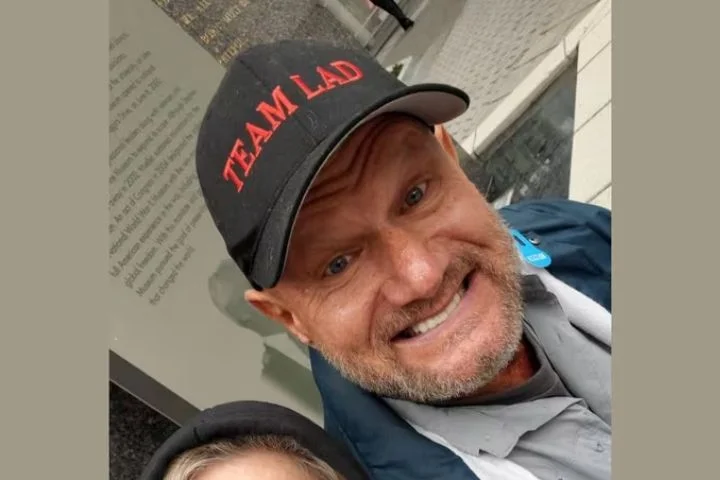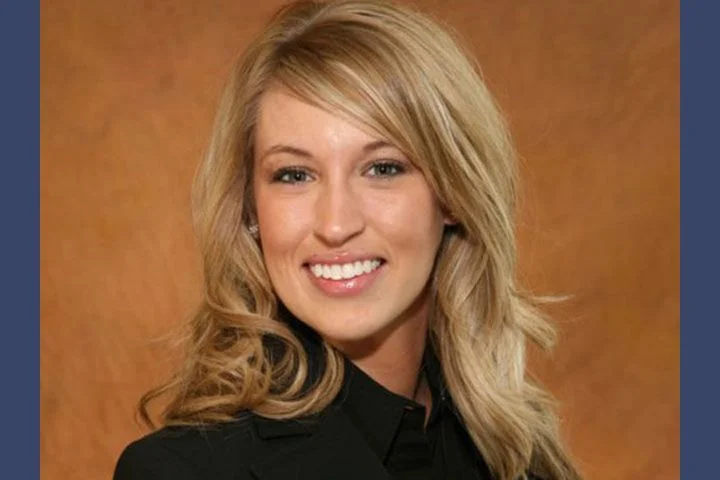Robert Keck was in a great mood when he left his Upper Saucon Township, Pennsylvania house around 1:00 pm on June 30, 1979. It was a pleasantly warm Saturday afternoon, and the 16-year-old had plans to spend some time with his girlfriend. She lived about two miles away in Coopersburg, Pennsylvania; since Robert didn’t have a driver’s license yet, he would normally walk the two miles or get a ride from one of his friends.
On this afternoon, Robert told his mother that he was meeting up with a friend who was going to give him a ride and promised to be home later that evening. Karen Keck told her son to have fun, then watched as he walked out the front door of their Main Street home. She had no idea that she would never see him again.
When Robert didn’t return home that night, his parents were immediately concerned. He wasn’t the type of teenager who tended to stay out late, and he always kept in constant contact with his parents. Karen called his girlfriend’s house to see if he was still there; she was startled to learn that Robert hadn’t been there at all that day.
When Robert left the house that afternoon, he had told his mother that he was going to meet up with someone who was going to drive him to his girlfriend’s house, but he had neglected to mention this person’s name. Karen called all of her son’s friends, but none of them had seen him that day, and no one knew who Robert might have been expecting to give him a ride.
Karen immediately called the Upper Saucon Township Police Department and reported her son missing. Although police did issue a missing person bulletin to all police departments in Pennsylvania and several surrounding states, they believed that the teenager had likely run away from home and did little to actually locate him.
Robert’s family knew that he wouldn’t have voluntarily disappeared; he was very close with his family and had no reason to want to leave home. He was known for being rather timid; one of his hobbies was trapping muskrats in nearby wooded areas, but he refused to check his traps alone in the winter months when it got dark early. He didn’t like to be outside by himself once the sun went down.
All of Robert’s belongings were still inside his room, including a small amount of cash that he had saved. He had left home wearing only a T-shirt and a pair of cut-off shorts; he normally would have taken a sweatshirt or jacket with him if he planned on being out after dark. With no money and no extra clothing, it seemed clear that Robert had every intention of returning home after he visited with his girlfriend.
Police interviewed many of the residents who lived on the route Robert would have taken to get from his house to the home of his girlfriend, and they were unable to find any witnesses who had seen Robert at all that day. His trail seemed to come to an abrupt end shortly after he walked out of his front door.
A week after Robert disappeared, his family offered a reward for any information that led to his safe return. Although they tried to remain optimistic, they feared that he might have been a victim of foul play. Still, the fact that his body hadn’t been found anywhere gave them hope that he would be found alive.
There was little progress made on the case for the next year. In July 1980, the Upper Saucon Township Police Department asked for the Pennsylvania State Police to join the investigation. Officials admitted that they still had no conclusive evidence pointing to whether Robert had left voluntarily or run into foul play, and they were hoping that the added resources the state police could provide would help them finally determine what had happened.
Upper Saucon Township Chief of Police William Edmunds continued to believe that Robert was a runaway; given enough time, he assumed the teenager would return home on his own. The Pennsylvania State Police, however, weren’t so sure. They found it odd that Robert had made no attempt at contacting his girlfriend or any of his friends; most teenagers who ran away from home would normally stay in contact with their friends, even if they didn’t want their parents to know where they were.
Prior to his disappearance, Robert had given no indication that he had any problems in his life. He had just finished up his sophomore year at Southern Lehigh High School; he was a popular student and got decent grades. Although he had turned 16 a few months before he vanished, he hadn’t felt the need to get his driver’s license right away as several of his friends were always willing to drive him around.
His older sister had gotten engaged shortly before Robert went missing, and he had been looking forward to attending her wedding. His sister’s fiancé was in the military; this meant that his sister would be moving to Virginia once she got married. Robert had noticed that his mother had been somewhat sad that her daughter was going to be so far away, and he had assured his mother that he would still be living at home with her. There was no way he would have simply disappeared.
State police investigators interviewed about 60 people in their quest to learn what had happened to Robert, but they were unable to find anyone who had any pertinent information. Although there had been no large-scale physical searches conducted, detectives noted that area farmers had already plowed their fields twice since Robert disappeared, and there had been countless hunters wandering through the woods that autumn during hunting season. If Robert’s body had been in the area, it likely would have been found.
Although the dozens of interviews conducted had yielded little in the way of actual facts, detectives did notice that there were two rumors that came up numerous times. The first was that Robert had run away with the Moonies, members of the cult-like Unification Church who had passed through Pennsylvania around the time that he went missing. The second was that he had been picked up and likely killed by a motorcycle gang. Investigators attempted to determine the origin of these rumors, but were unable to find any evidence to indicate that either one was true.
Robert’s case soon went cold, though his parents continued to do everything they could to try and locate him. The Upper Saucon Township Police Department followed up on a few tips that were called in over the next few years, but by 1987 they admitted that they had exhausted all leads and were still no closer to determining what had happened to Robert. Although they admitted that the amount of time that had passed made it unlikely that he had simply run away from home, they had no evidence to suggest that he had been abducted or mu*rdered.
Investigators were certain that there were people in the area who knew what had happened to Robert, and they made a public appeal for anyone with information to come forward. It had been over eight years since Robert had disappeared, and they were hopeful that the passage of time might make people more amenable to speaking with detectives, but their request went unanswered.
By 2014, Robert had been missing for 35 years. His mother, Karen, had come to terms with the fact that her son had likely been killed, but she continued to hope that his body would be found so she and her husband could give him a proper burial. She was 78 years old in 2014, and told reporters that she wanted answers before she died.
It was around this time that law enforcement received a tip that appeared to be legitimate; a woman who had lived in the Coopersburg area at the time Robert went missing claimed that she and a friend had been involved in his disappearance and knew where his body was buried. Although police did not release the identity of this person, they believed that her information was credible and they decided to conduct a search of the area where she claimed his body would be found.
The woman indicated that Robert had been buried in a wooded area in Berks County, Pennsylvania, about halfway between Reading and Allentown. Investigators approached the current owner of the 72-acre property, a retired Lehigh University professor, and he gave them permission to search the area in May 2014. The woman had indicated that Robert’s body would be found near a small stone wall on the property; investigators spent four days combing the area but found nothing.
Undeterred, investigators returned to the property the following month. During this second search, they knocked down the old stone wall and spent days combing through an area of the property where an old farmhouse had stood before it burned to the ground. Once again, they came away empty-handed.
A third search of the property was conducted in May 2015; the fact that nothing was found made many doubt the credibility of the unidentified informant. To date, there have been no additional searches and the fate of Robert remains unknown.
Robert Keck was 16 years old when he went missing in 1979. He has hazel eyes and blond hair, and at the time of his disappearance he was 5 feet 7 inches tall and weighed 140 pounds. He was last seen wearing cut-off jeans and a blue T-shirt with the words “Beach Bum Virgin Islands” printed in tan, and tan shoes with crepe soles. He was also wearing a silver chain with a white cross on it. If you have any information about Robert, please contact the Upper Saucon Township Police Department at 610–282–3064.
